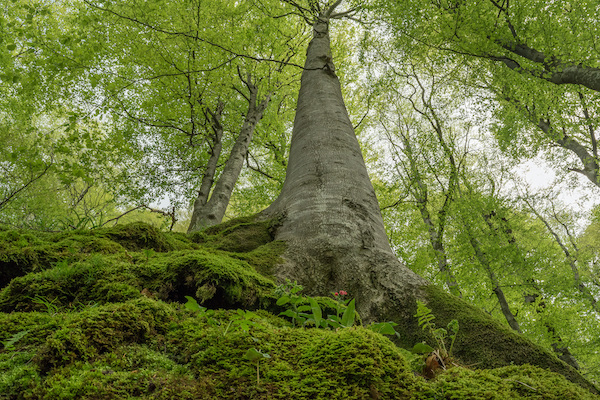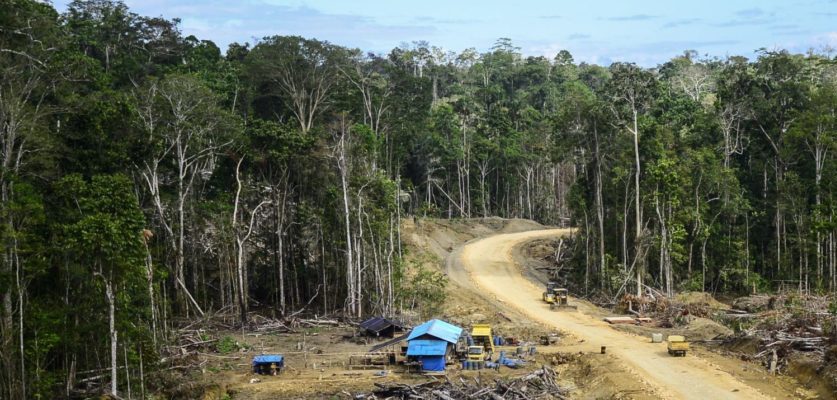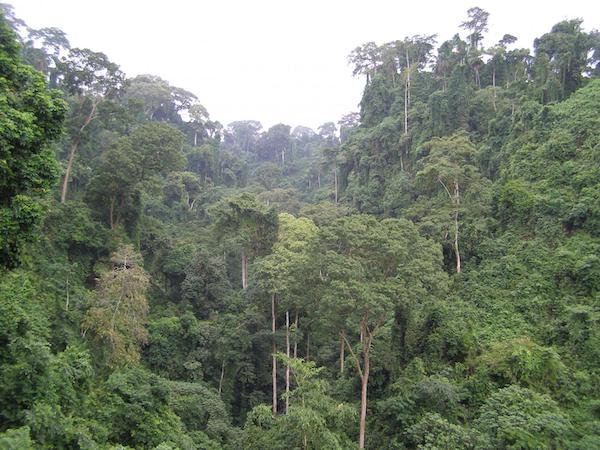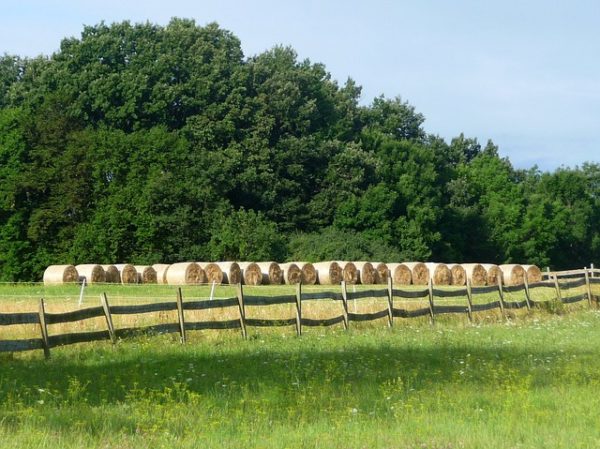
Tropical forests may be more resilient to predicted temperature increases under global climate change than previously thought, a study published suggests. The results could help make climate prediction models more accurate, according to the authors.
Read More











